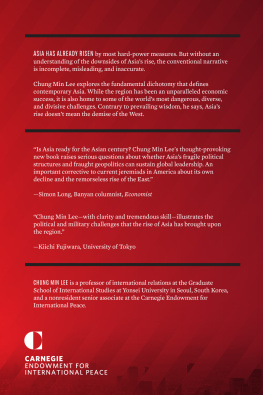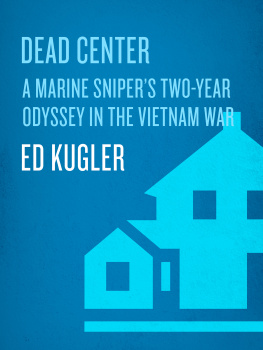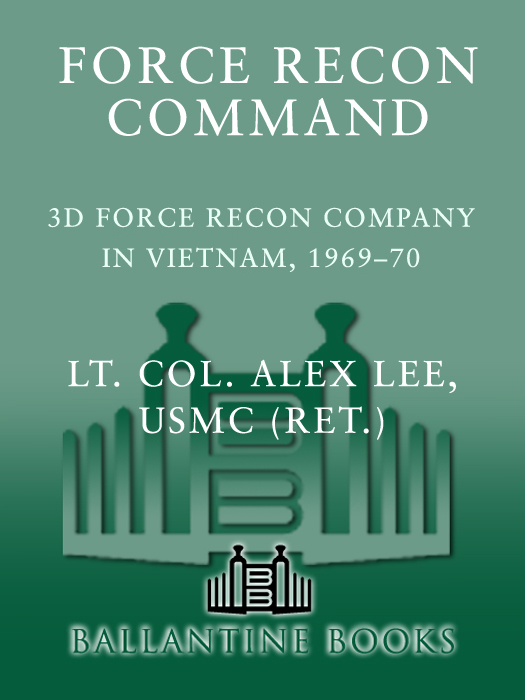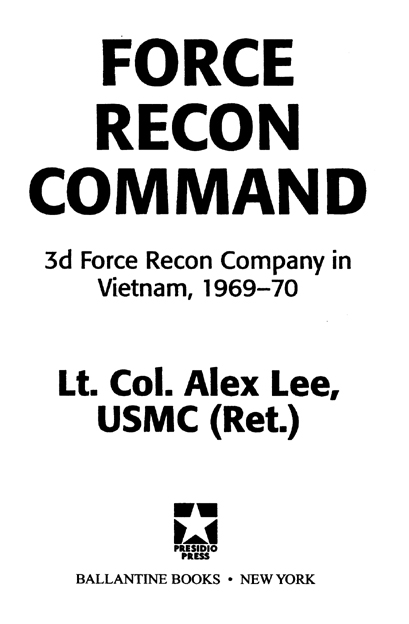We were taken under fire by the NVA at precisely the moment I reported on the intercom that all six Marines were aboard for liftoff. The pilot lifted quickly and began backing the helicopter away from enemy fire, trying to turn to a new heading before he began his run toward safety. As we lifted, the rear rotor was thrust into the trees where it made tremendous whacking sounds. From the NVA we took hits somewhere in the body of the aircraft and somewhere in the radio system; the intercom went dead. The noises were incredible.
Our wounded helicopter began to shudder and shake violently. We hit hard. Immediately after impactwhile the air was filled with loud sounds and lots of debris and dust flew everywhereeveryone in the back of the helicopter shared the same thought.
Also by Lt. Col. Alex Lee, USMC (Ret.):
Published by Presidio Press
UTTERS BATTALION: 2/7 Marines in Vietnam
A Presidio Press Book
Published by The Random House Publishing Group
Copyright 1995 by Alex Lee
All rights reserved.
Published in the United States by Presidio Press, an imprint of The Random House Publishing Group, a division of Random House, Inc., New York, and distributed in Canada by Random House of Canada Limited, Toronto. Originally published by Naval Institute Press in 1995.
Presidio Press and colophon are trademarks of Random House, Inc.
www.presidiopress.com
Library of Congress Catalog Card Number: 96-94466
eISBN: 978-0-307-80134-0
v3.1_r1
This book is respectfully dedicated to the men of Third Force Reconnaissance Company, Fleet Marine Force, Pacific, who served in combat in the Republic of Vietnam during 1969 and 1970. These men served with honor, unreported to their countrymen. They did great things because they were willing to dare greatly. Their nation should be proud to have such sons.
Unquiet soul, why be aggrieved in private?
Our troops are dying out there where they fight.
Homer
The Iliad, VI
CONTENTS
COMMANDING GENERALS
COMMENTS
The Third Force Reconnaissance Company had the unique mission of providing direct intelligence to the staff of the commanding general, III Marine Amphibious Force (MAF), and we considered it important that this collection effort not be sifted and studied en route. Let us not draw lines or build fences around the mission of gaining intelligence concerning the enemy. The leader on the battlefield needs to know the latest fragile intelligence upon which to make his decision, as the lives of his troops and the success of his mission depend upon it. The information must be as fresh as possible since conditions change quickly and action must be taken rapidly.
As commanding general, III MAF, in Vietnam, I had special trust and confidence in Alex Lee and sought his services to command the Third Force Reconnaissance Company. The men of the company operated under severe hardship and went into the utmost danger daily, risking their lives each time. These operations were costly in men and matriel, but the expense was more than offset by the timely and reliable intelligence Alex Lee and his warriors provided, and in the long run, lives were saved and battles were shortened. Vietnam is many years behind us, yet we should not forget that the man with the rifle must operate on timely intelligence. Computers and other instruments certainly have their place, but there are no substitutes for the eyeballs attached to the brain of the trained observer.
Long-range patrolling in our Corps had its origin years before Vietnam. Generals Jim Masters, Ray Davis, myself, and others produced and arranged funding for the equipment needed for this type of intelligence operation. To make a long story short, the training and outfitting of and the acceptance gained by these Marines with highly specialized skills culminated with the employment of Third Force Reconnaissance Company in this unique role.
As the commanding general, I used the Third Force Recon to gain the upper hand on the enemy and to verify any questionable intelligence. One example comes to mind. General Abrams, my boss, expressed concern that the North Vietnamese Army (NVA) had heavy artillery in the Ashau Valley, as evidenced by a then-recent intelligence photo showing several heavy artillery shell casings. If the NVA did have heavy artillery in the Ashau, something had to be done about it. I phoned Third Force Recon to check, since I was certain these casings had been left behind by our own 175mm artillery that had recently returned from that area. First Lt. Buck Coffman, boarding a light observation helicopter, flew to the area, quickly hopped out, and picked up several of the shell casings that had been in the photograph. Buck tells of this exploit in more picturesque language than I can use here.
Third Force Recon then presented me with those casings, which proved to be ours. I informed General Abrams. Case closed! This was typical action by a great team. Their intelligence inputs provided me with the firm ground upon which to make informed decisions.
Third Force Recon has written a superlative chapter into U.S. Marine Corps history. I salute the accomplishments of these dedicated and heroic Marines and corpsmen. I am proud to bear the title Godfather of Long-Range Patrolling, along with others who can also claim the honor. We say that the Marine Corps needs a few good men. I can add only that the Marines got the best of the good ones with Alex Lee and his company. His book should be required reading for all true professionals.
Semper Fidelis
Lt. Gen. Herman Nickerson, Jr.
USMC (Ret.)
FOREWORD
In my view, you have to be a special person to be a Marine or a sailor that serves with us. This book tells the courageous story of a special breed of warriors: the dedicated Marines and sailors of the Third Force Reconnaissance Company who indeed dared greatly while serving in the Republic of Vietnam during the complex 19691970 era.
Our author, Lt. Col. Alex Lee, USMC (Ret.), is a brilliant and courageous warrior who served his nation and his Corps of Marines with great distinction in both peace and war. We are indeed blessed that he takes us from start to finish as he leads us through the enormous challenges his command overcame in developing a truly long-range penetration and deep reconnaissance capability under grueling combat conditions in the extreme northern provinces of South Vietnam. As their commander, A. Lee, as his warrior friends affectionately call him, was responsible for organizing, training, molding unit cohesion during a time of great uncertainty, and arranging for that special support required to conduct long-range penetration operations for reconnaissance and other special missions against a dangerous and determined enemy.
The rugged mountain terrain in the west and northwestern region of I Corps, with its double- and triple-covered jungle canopy, favored the enemy as it helped conceal supply bases and facilitated infiltration of NVA forces, including replacement troops. The weather, always unpredictable in the northwestern high country because of the violent Laotian monsoon stormscoupled with Vietnam rainy seasonswas at times horrendous and also favored the enemy. Operating at great distances from our forward combat and fire support bases and well beyond the protective firing fan of even long-range artillery, these special operation missions were generally not conducted in Vietnam prior to 1969.













